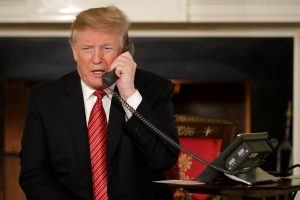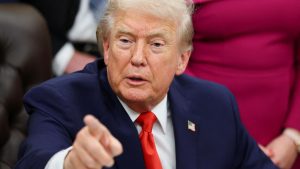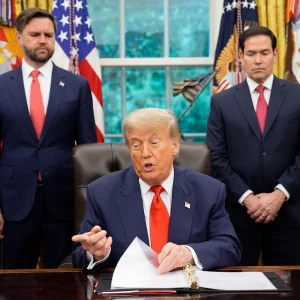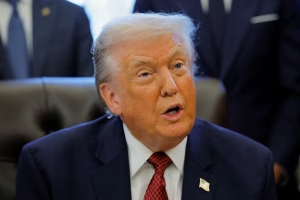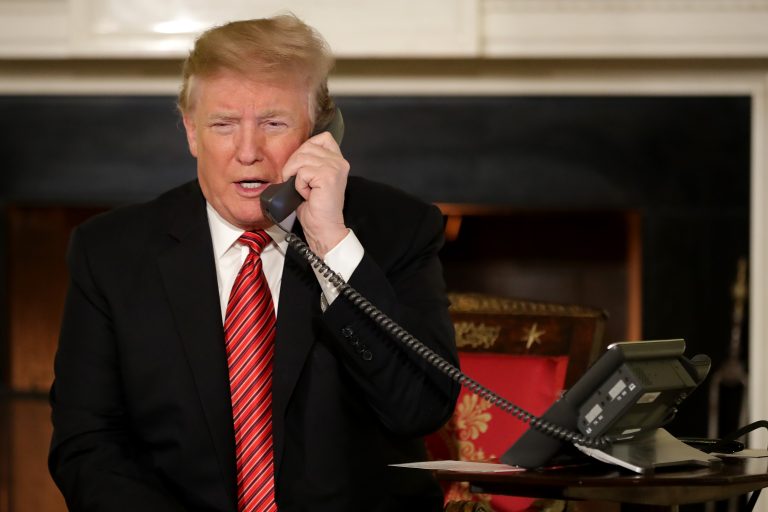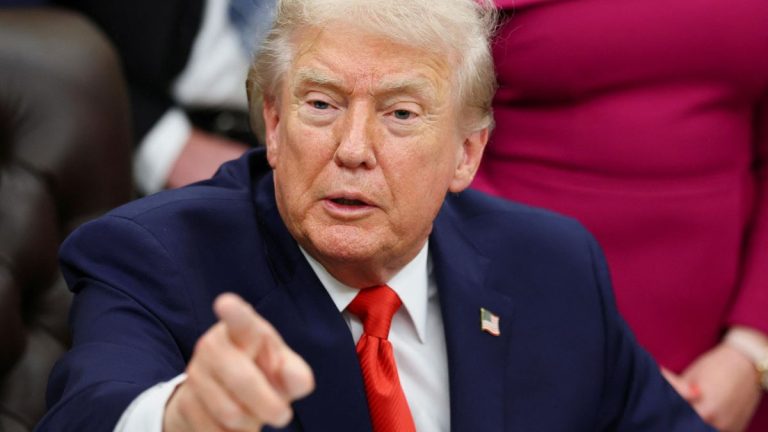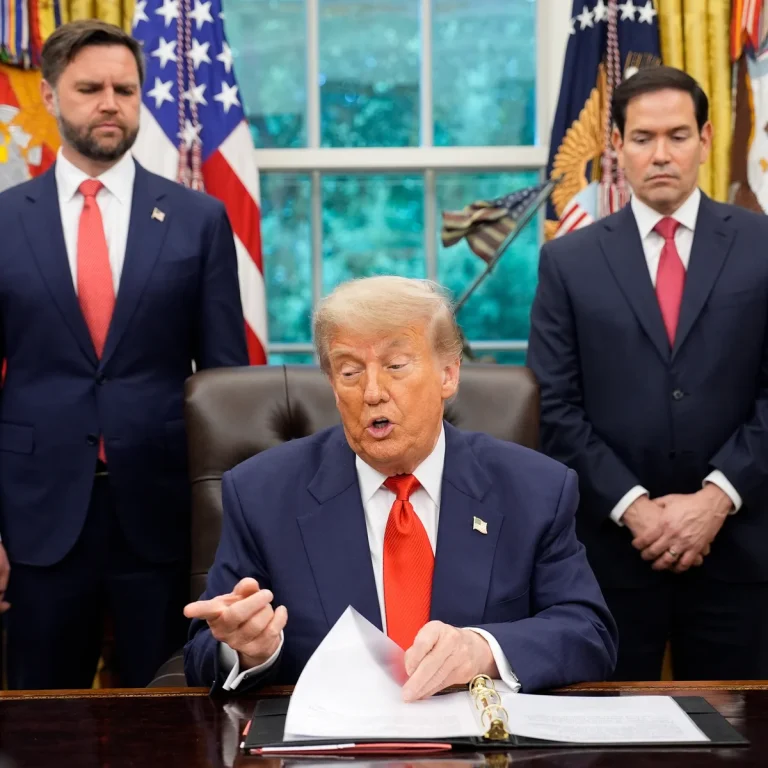The now-infamous photograph of President Donald Trump — blood streaked across his face, surrounded by Secret Service agents, and defiantly raising his fist to the sky — has become one of the most memorable political images in modern American history. What might have been a fleeting second in a moment of chaos has instead become an enduring symbol of resilience, leadership, and the complicated power of political imagery.
Experts say that Trump’s instinctive gesture after narrowly surviving an assassination attempt in July 2024 was more than an emotional response. It was a moment of defiance and symbolism that instantly resonated with millions of Americans — and with Trump’s global audience. To understand why, we need to unpack both the event itself and the deeper cultural and psychological meanings tied to that single raised fist.
A Deadly Attempt That Shocked the Nation
On July 13, 2024, then–President Donald Trump was speaking at a campaign rally in Butler, Pennsylvania, when a lone gunman opened fire. The shooter, later identified as 20-year-old Thomas Matthew Crooks, managed to position himself on a rooftop overlooking the rally. He fired multiple shots toward the stage, one of which grazed Trump’s right ear.
The scene was instantly chaotic. Secret Service agents tackled the president to the ground, shielding him with their bodies as the crowd screamed and ducked for cover. Within seconds, the agents confirmed the source of the attack and neutralized the gunman. Tragically, one attendee — 50-year-old firefighter and father of two, Corey Comperatore — was killed while trying to protect others from the gunfire.
When Trump stood again, blood running down his face, his supporters gasped — not in horror, but in awe. Surrounded by his protective detail, he turned toward the audience and raised his fist in the air. Cameras captured the moment, and within minutes, it was everywhere: on television, social media, and front pages across the world. The image showed a wounded but unbroken president, symbolically proclaiming his survival.
The Aftermath and Response
The attack was described by the Secret Service as an “operational failure.” In a later statement, Secret Service Director Sean Curran reflected on that day with solemnity and resolve.
“One year ago, I was by President Trump’s side when a lone gunman attempted to assassinate him in Butler, Pennsylvania,” Curran said. “My heart will always be with all those impacted on that day, especially Corey Comperatore, who lost his life while protecting those around him. Since President Trump appointed me as director of the United States Secret Service, I have kept my experience on July 13 top of mind, and the agency has taken many steps to ensure such an event can never be repeated.”
Despite the tragedy and trauma of the moment, Trump’s quick return to composure — and his deliberate, powerful gesture — reframed the narrative. Rather than appearing as a victim, Trump appeared victorious. His fist pump was a symbol of strength and defiance, instantly rallying his supporters and reasserting his image as a fighter.
“The Most Iconic Photo I’ve Ever Seen”
Reflecting on the event later, Trump told the New York Post, “A lot of people say it’s the most iconic photo they’ve ever seen. They’re right — and I didn’t die. Usually, you have to die to have an iconic picture.”
This comment may seem flippant, but it captures Trump’s characteristic self-awareness about his public persona. Throughout his political career, he has demonstrated an instinct for creating moments that capture attention and emotion — from his dramatic entrances to his rhetorical flair. The Butler rally image fit perfectly into that pattern.
To many of his supporters, the fist pump symbolized victory over adversity. It was a statement that no bullet, no political enemy, and no amount of opposition could silence him. To his critics, it reflected his ability to turn even tragedy into spectacle. Either way, the photograph became an instant part of political history.
Experts Weigh In: “A Once-in-a-Generation Image”
Erik Bucy, a professor of strategic communication who specializes in political media and visual analysis, told Vox that the photograph is “one for the ages.” He described it as a “once-in-a-generation image” that communicates “resiliency in the face of crisis, and a certain kind of instinctual strength.”
According to Bucy, the moment wasn’t just about emotion — it also showed Trump’s deep understanding of how to shape public perception. “It communicates not just personal courage but also a kind of performance instinct,” Bucy said. “He knew, consciously or not, how to turn a near-death experience into an image of power. It’s rare — few political figures would have had the presence of mind to do that.”
Bucy added that for viewers, the photo evokes layers of meaning even if they aren’t consciously aware of them. “What people see,” he explained, “is a leader standing against a blue sky, blood on his face, defiant, surrounded by protectors. That’s American symbolism — strength, survival, and the idea that leadership is forged through danger.”
To many observers, Trump’s reaction seemed to merge political theater with genuine human instinct. It was both natural and strategic — an emotional outburst that happened to align perfectly with his brand as a fighter.
The Psychological Symbolism of the Raised Fist
The raised fist itself is one of the most recognizable symbols in human history, and its meanings have evolved over time. Roger J. Kreuz, Associate Dean and Professor of Psychology at the University of Memphis, analyzed Trump’s gesture for The Conversation. He explained that while the raised fist has represented many different causes — from the Black Power movement to labor rights and even white nationalist groups — its underlying message is always about defiance, power, and unity.
“For Trump,” Kreuz wrote, “the raised fist has been part of his public persona for decades. It’s a gesture that allows him to project strength and resolve — but also to invite interpretation.”
Kreuz argued that the meaning of Trump’s gesture depends largely on who is watching. “Since public appearances by Trump typically draw mixed crowds of supporters and detractors, his use of a raised fist provides a potent message for both groups,” he said. “It can function as a gesture of solidarity for those who are with him, and one of defiance against those who oppose him. In this way, Trump’s raised fist is like a Rorschach inkblot — it allows people to interpret his message according to their own ideological preferences.”
This duality, Kreuz suggests, is part of Trump’s enduring power as a communicator. His gestures and language are often simple but open-ended, giving both his base and his critics something to react to.
A Symbol of Survival and Political Strength
Political historians note that only four U.S. presidents — Abraham Lincoln, James A. Garfield, William McKinley, and John F. Kennedy — have been assassinated in office. Many others, including Ronald Reagan, survived attempts on their lives. But few assassination attempts have been captured so vividly in a single, unforgettable image.
Trump’s fist pump moment therefore occupies a unique space in American political imagery: a visual link between danger, defiance, and destiny. It evokes both the vulnerability of leadership and the myth of indestructibility that has always surrounded him.
In a divided nation, the image managed to transcend party lines, at least momentarily. Even some of his critics acknowledged the raw power of the scene — a wounded but unbroken president standing tall amid chaos.
Turning Crisis Into Symbol
For all its symbolism, the fist pump also marked a turning point in Trump’s 2024 campaign. In the days that followed, his approval ratings surged, and his rally crowds grew even larger. The event reframed his campaign narrative — not as a political contest, but as a fight for survival.
Experts like Bucy believe that the photograph will endure long after the political dust settles. “This is not just an image of Trump,” he said. “It’s an image of America — of confrontation, resilience, and the spectacle of modern politics.”
Trump himself seemed to understand that. His raised fist wasn’t just about showing strength — it was about declaring that he was still standing, still fighting, and still unafraid.
In that sense, the photo is more than a record of a tragic day. It’s a visual statement about the man, his movement, and the moment that nearly ended it all — but instead, defined it forever.

Emily Johnson is a critically acclaimed essayist and novelist known for her thought-provoking works centered on feminism, women’s rights, and modern relationships. Born and raised in Portland, Oregon, Emily grew up with a deep love of books, often spending her afternoons at her local library. She went on to study literature and gender studies at UCLA, where she became deeply involved in activism and began publishing essays in campus journals. Her debut essay collection, Voices Unbound, struck a chord with readers nationwide for its fearless exploration of gender dynamics, identity, and the challenges faced by women in contemporary society. Emily later transitioned into fiction, writing novels that balance compelling storytelling with social commentary. Her protagonists are often strong, multidimensional women navigating love, ambition, and the struggles of everyday life, making her a favorite among readers who crave authentic, relatable narratives. Critics praise her ability to merge personal intimacy with universal themes. Off the page, Emily is an advocate for women in publishing, leading workshops that encourage young female writers to embrace their voices. She lives in Seattle with her partner and two rescue cats, where she continues to write, teach, and inspire a new generation of storytellers.
